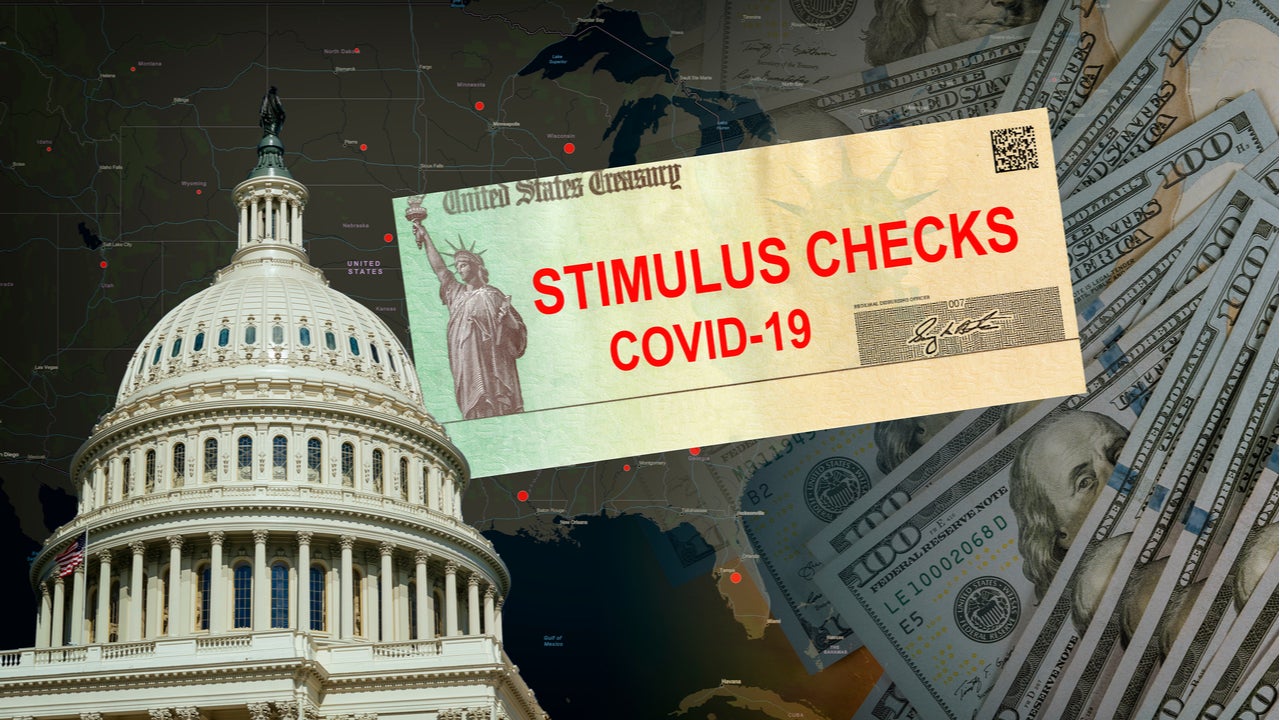
Economists believe that the US needs more stimulus to rescue communities and the economy from the coronavirus crisis. They have called for a full-employment recovery that focuses on lifting families, increasing wages, and preventing devastating evictions, foreclosures and long-term unemployment.
Joseph E Stiglitz
Joseph E Stiglitz, an economist and professor at the Columbia University, re-tweeted on how more than 120 economists signed a letter urging the Congress to pass a bold, substantial, and significant Covid-19 relief package. Coming right after President Joe Biden’s American Rescue Plan, economists argue that the previous relief packages have not been enough to address the severity of the coronavirus-induced economic crisis.
How well do you really know your competitors?
Access the most comprehensive Company Profiles on the market, powered by GlobalData. Save hours of research. Gain competitive edge.

Thank you!
Your download email will arrive shortly
Not ready to buy yet? Download a free sample
We are confident about the unique quality of our Company Profiles. However, we want you to make the most beneficial decision for your business, so we offer a free sample that you can download by submitting the below form
By GlobalDataKey signers of the petition included Gene Sperling, Joseph Stiglitz, and Alan Blinder. Economists and think tanks across believe that the US cannot afford complacency after one of the biggest global crises after the Great Depression.
According to Stiglitz, each provision of Biden’s proposed plan, right from direct stimulus checks, to the expansion of unemployment insurance, and consistent support for local and state governments, is critical for a strong economic recovery.
Other economists believe that there is no time for half measures, and that doing less for the crisis will cripple the economy. Therefore, it was imperative for the Congress to pass the legislation on the scale of Biden’s proposed plan to provide to workers and small businesses who have been annihilated by the pandemic.
Economists agree: We need more stimulus to rescue our communities and our economy from this crisis.
More than 120 economists signed our letter urging Congress to pass a “sweeping, bold” COVID relief package.https://t.co/iuvqx43OTD
— Invest in America (@InvestNowUSA) January 28, 2021
Gregory Daco
Gregory Daco, an economist, shared an article about rising vaccinations in the US making policymakers optimistic about the end of the pandemic. However, real-time data has been suggesting that the awaited economic rebound is still to happen. Although the worst swell of the disease has passed, the recent surge in infections during the fall caused businesses and offices to re-open. As a result, hiring measures remained supressed, but did not fall.
Daily data on restaurant seating and airline passengers seem to have been levelled off recently at 40% below the previous year levels. Likewise, weekly filings for unemployment insurance claims continue to demonstrate a strong dislocation being experienced by workers, with the economy being 9 million jobs short compared to the previous year.
Although it may take time for plans to be fully realised, households continue to assess safe return to normal. For instance, a recent survey revealed that approximately two-thirds of the people did not want to take a vacation in the next six months, while 30% of the people stated that they did not feel safe eating at a restaurant until the country had reached herd community.
"Combination of renewed benefits to the unemployed, checks going out to most US residents, & a bulge of savings already tucked away by households could make for a potent rebound once vaccine diffusion increases"
via @reuters @hpschneider @OxfordEconomics https://t.co/iHRRK8Wb8e— Gregory Daco (@GregDaco) January 29, 2021
Sonal Varma
Sonal Varma, an economist, re-tweeted a discussion on why Asian economies could be the outperformers in 2021, given the potential for vaccine deployment and re-opening of the global economy. According to the International Monetary Fund (IMF) projections, China is expected to overtake the US GDP only in 2030. However, post pandemic, China seems to be climbing to the top spot on the global GDP as early as in 2028.
Sonal Varma further added that although all countries were going to witness better growth rates, the pace of recovery would diverge between the regions. Consequently, China has been the first in, first out and the leader of the pack.
In her views, two factors are driving this divergence; the first being the resilience against Covid and the subsequent rollout of vaccination programmes, and the second being the exposure to the largest sector that has been resilient through 2020, that is, the technology sector.
She states that the technology sector is in a super cycle which will not only continue because of the increasing demand arising from trends such as remote working, smartphone usage, and server demand, but also due to the demand coming from significant areas such as 5G, AI, and others.
https://twitter.com/SonalVarma10/status/1354911801327063041





